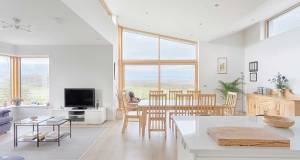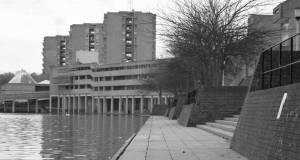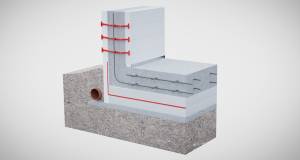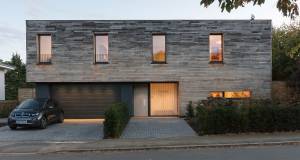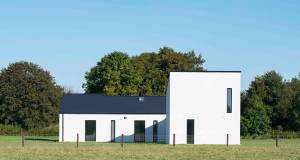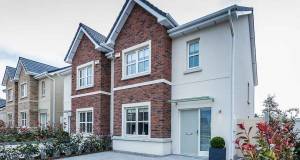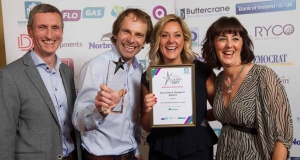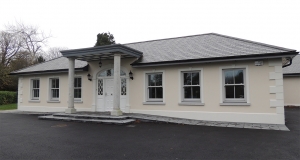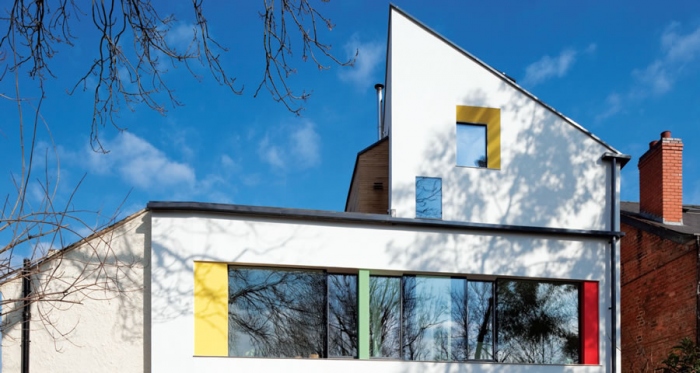Sligo deep retrofit delivers warmth, light & mountain views
Complete with butterfly roofed extension, this fabric first renovation has turned a cold and uninspiring 1970s bungalow into a cosy A-rated modern home, with some clever design touches helping to open the house up to wide-angle views and dramatic coastal light.

